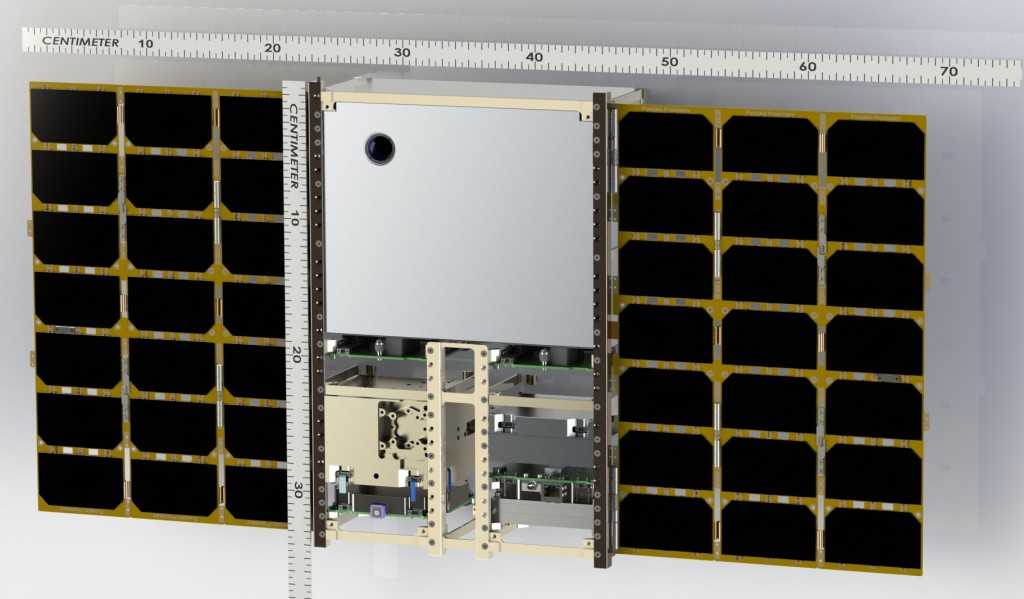Michael Pivovaroff (14-SI-005)
Abstract
Space remains vital to our national security, but the evolving strategic environment increasingly challenges U.S. space advantages. The nation's space capabilities allow our military to see with clarity, communicate with certainty, navigate with accuracy, and operate with assurance. We plan to develop the concepts, technologies, and models to demonstrate the ability to use cooperative constellations of small satellites to perform space missions important for U.S. national security. We will utilize and improve existing physics-based modeling tools and preliminary technologies already at LLNL. We will explore operating two Pathfinder satellites launched in FY14, develop active and passive techniques to control milk-carton-sized satellites (nanosatellites), learn how to fly and maintain formations of these low-mass satellites, and study optimal constellation configurations and develop enabling technologies for a wide variety of missions.
The U.S. is reliant on the advantages afforded by an active space program, but internal and external forces threaten the nation's ability to continue operations in this once-benign environment. We expect to apply the Laboratory's significant modeling and simulation capabilities and its nascent efforts in designing and building individual miniaturized satellites to develop the key and enabling technologies to demonstrate that cooperative constellations of small satellites can meet high-priority missions. We will validate our ability to accurately model instrument performance, create new imaging and sensing concepts, and demonstrate how we can synthesize data from multiple satellites.
Mission Relevance
Our research into the deployment and demonstration of nanosatellites for satellite collision-avoidance strategies and investigation of their utility for high-priority space security and fundamental science missions is directly aligned with the Laboratory's strategic focus area in cyber security, space, and intelligence. Our development of miniaturized satellite constellations with improved sensing and imaging technologies is also relevant to LLNL's strategic focus area in energy and climate security, through measurement of pollutants in the upper atmosphere.
FY15 Accomplishments and Results
In FY15 we (1) focused on the development of new optics technologies, modeling and simulating their performance, directly characterizing the optics, and using these results to validate and refine performance models; (2) created detailed designs of several potential payloads that could be used for a variety of national security applications, including space situational awareness and earth observations; (3) initiated a collaboration with National Aeronautics and Space Administration to develop a satellite-based instrument to study atmospheric contaminants that can influence weather (see figure); and (4) initiated a CRADA (cooperative research and development agreement) with a small company to develop new star trackers.






